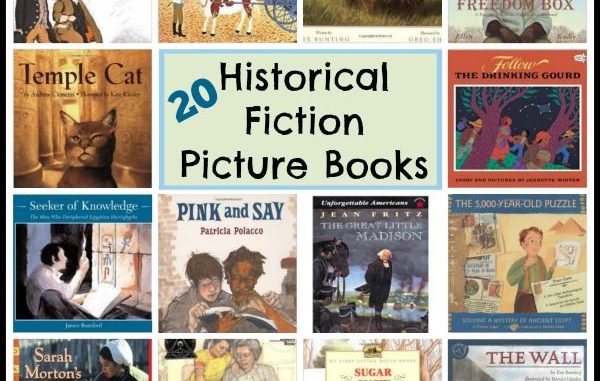
Teaching history from a textbook can become boring for both the student and the teacher at times. When learning about the past is reduced to memorizing meaningless names and dates, it becomes drudgery for everyone. But sometimes that's all that the curriculum provides. And teachers are left with an overwhelming task of getting a classroom of bored students engaged in unmotivating topics.
One way to spark interest is to use entertainment in the forms of historical fiction books or movies. And some video documentaries are high quality enough to also fit in this category. When you add the human element of emotion, fear, risk, and intrigue, you transport the student into that world to feel those feelings or experience vicariously the thrills or anguish of the moment. Then instead of random memorization of inconsequential details, the student can't help but remember the important facts, the dates, the people, and the scenario of particular historical significance that have been encountered through media.
Movies are easiest to use in the classroom, since the entire class can experience the story all at the same time. Rather than watch it all in one sitting, consider splitting the movie into segments, and have a purpose behind each segment. Allow ample time for historically-based discussion on each segment in the same class period immediately following the clip. Ask factual questions that relate to the scenes, such as "In what year did this happen?" or "How many years after [a major war or another significant event] did the movie take place?" or something similar. Questions with definite right or wrong answers are good and get people thinking.
Beyond the factual questions, also plan on questions that would involve the students on a more human, emotional level. Questions like "What was going on in the world that may have motivated the main character to make those choices?" or "How did people think about that situation that is different than our society today would view that same situation?". These types of questions do not necessarily have right or wrong answers, but encourage the students to delve deeper into what was really going on in the world at that particular time and how people thought about life issues. Sometimes it can lead into discussion of what kind of technology was available at the time (Ie, telephone or telegraph, automobile or stagecoach, etc.), when those technologies came into existence, and how things may have been different if other technologies were available . At other times, discussion can revolve around what parts of the movie did not line up with the true history of the time period.
Historical fiction books provide the same types of motivation, but usually need to be used in a different way since an entire class cannot read the same thing together all at the same time. The closest scenario is if the class reads the same chapters for homework, and then the same types of discussion used with movies can still apply. If the students are reading a variety of book choices from a reading list the teacher has provided, feedback is usually restricted to a homework writing assignment or a class presentation of some kind.
Not only are history and historical themes being taught with these methods, but the student is also encouraged to analyze data. Critical thinking comes into play during class discussions. With this in mind, all students' input should be respected, and if a student's statements need to be corrected at any point, a teacher should take care to do so in a way that does not demean or embarrass. Treating all classroom input with respect makes other students feel confident that they can also speak up without fear of humiliation if they get something wrong. Opening the door for class discussions can draw even the most reluctant student into the subject being taught, and entertaining movies and books provide a great doorway to do so.
Proudly WWW.PONIREVO.COM
Source by Carol Henderson



